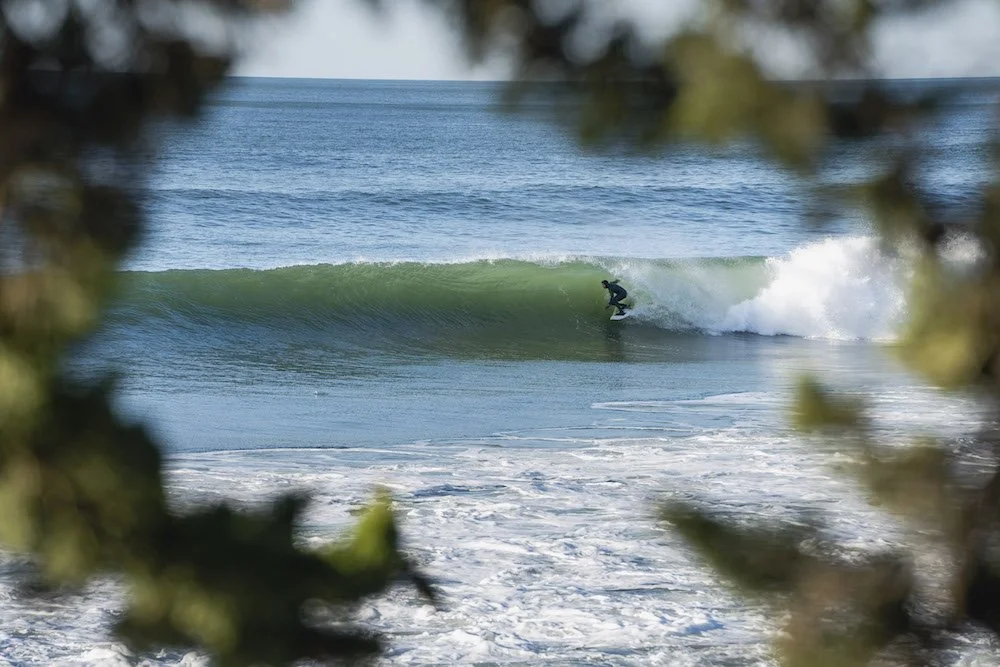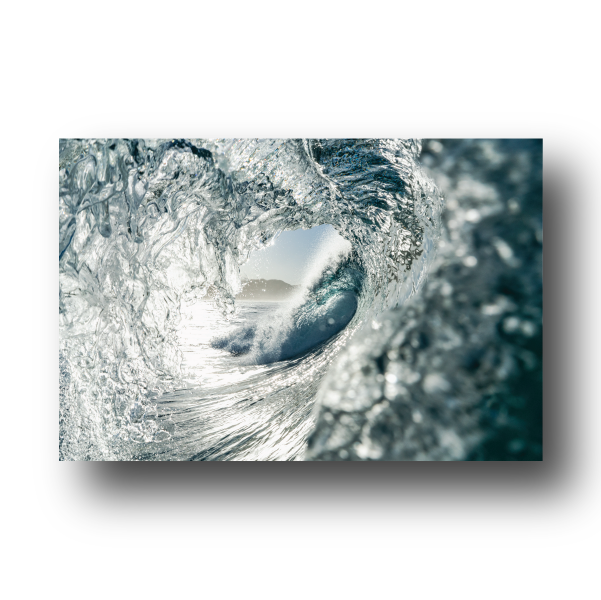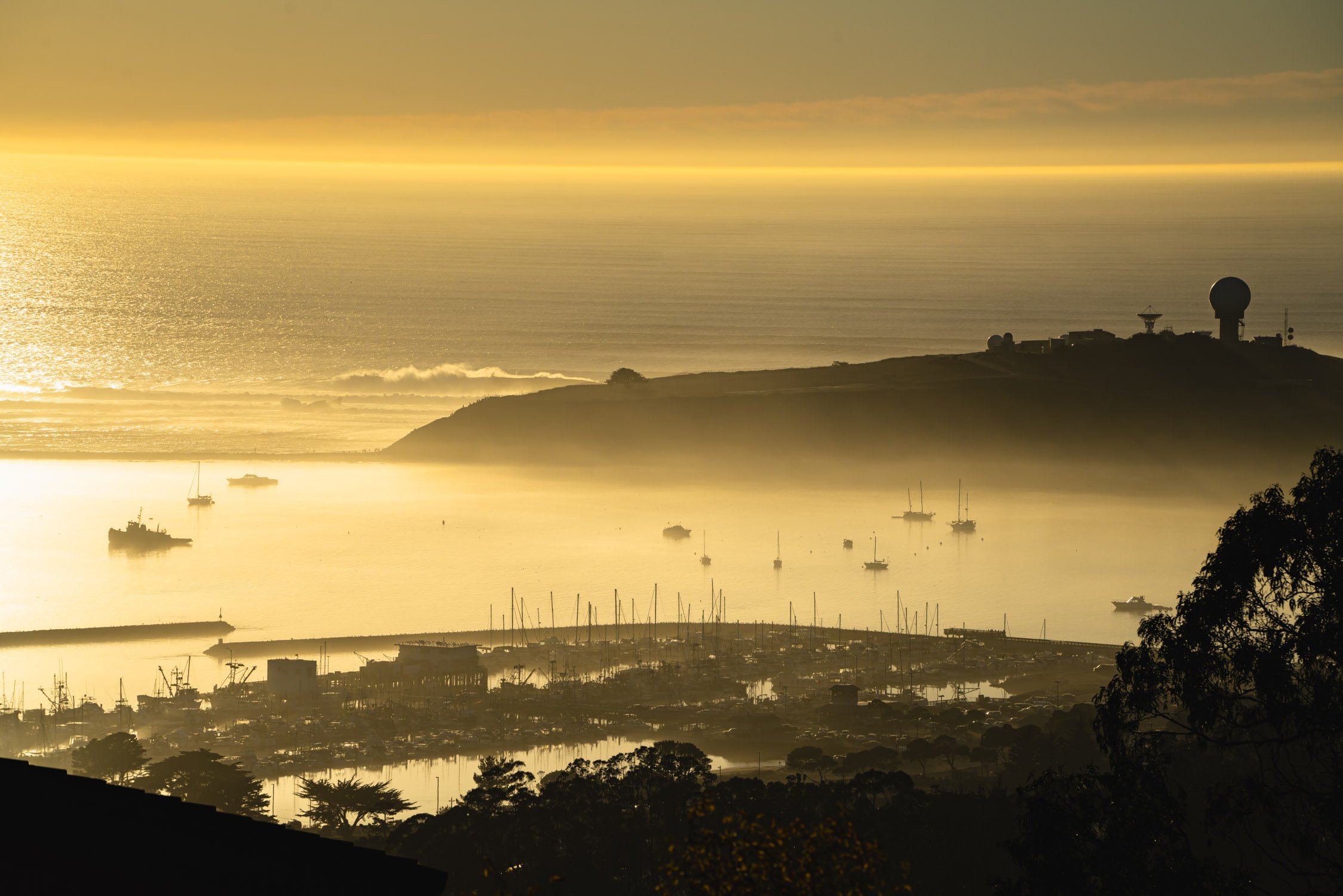Beginner Tips for Aspiring Surf Photographers
Surf photography is a thrilling and dynamic art form that allows you to capture the beauty and excitement of waves and surfers in action. Whether you're a beginner looking to dive into this exciting field or an enthusiast wanting to improve your skills, here are some essential tips to get you started and help you capture stunning surf shots.
Scoring a barrel in a line up all to himself in Santa Cruz, CA. Photo by Dalton Johnson
Pros
Exciting Subject Matter: Surfing captures dynamic and thrilling moments, making it an exciting subject for photography.
Scenic Locations: Surf spots are often located in picturesque coastal areas, providing stunning backdrops for your photos.
Variety of Shots: Surf photography offers a range of shots, from close-up action shots to wide-angle panoramic views.
Creative Opportunities: You can experiment with different angles, compositions, and lighting conditions to create unique and artistic images.
Connection with Nature: Being in the water or on the shore allows you to connect with nature and appreciate the beauty of the ocean.
Community Engagement: Sharing your surf photos can lead to engagement with a community of surfers, photographers, and ocean enthusiasts.
Potential for Income: With the right skills and marketing, surf photography can be monetized through print sales, stock photography, freelance work, and social media.
Cons
Weather Challenges: Unpredictable weather conditions, such as rain, wind, and fog, can affect the quality of your surf photos.
Equipment Costs: Waterproof camera gear, lenses, and accessories can be expensive, especially for high-quality professional setups.
Physical Demands: Shooting in the water requires swimming skills, endurance, and the ability to handle waves and currents safely.
Safety Risks: Surf photography involves risks such as getting hit by surfboards or caught in rough surf, requiring awareness and caution.
Crowded Locations: Popular surf spots can be crowded with other photographers, surfers, and beachgoers, making it challenging to find unique perspectives.
Environmental Impact: Be mindful of your environmental impact, such as disturbing marine life or contributing to beach congestion.
Competitive Industry: The field of surf photography is competitive, requiring dedication, skill development, and marketing efforts to stand out and succeed.
In-Water vs Out-of-Water Photography
One of the first decisions you'll face as a surf photographer is whether to shoot from the water or from the shore. Each perspective offers unique advantages:
In-Water Photography: Getting in the water puts you right in the heart of the action, allowing you to capture dramatic angles and close-up shots of surfers riding waves. To do this effectively, invest in a waterproof camera housing or a water-resistant camera like a GoPro. Practice swimming with your camera gear to ensure comfort and safety in the water.
Out-of-Water Photography: Shooting from the shore provides a broader view of the surfing area, ideal for capturing panoramic shots and showcasing the overall surf scene. Use a telephoto lens to zoom in on surfers from a distance and capture details even when you're not in the water.
Water Safety
Before diving into surf photography, prioritize water safety. Familiarize yourself with local surf conditions, currents, and tides. Always respect the ocean and be aware of potential hazards such as rocks, reefs, and strong currents. If shooting in the water, consider wearing a buoyancy aid or using a flotation device for added safety.
Camera Settings
Mastering camera settings is crucial for capturing high-quality surf photos:
Shutter Speed: Use a fast shutter speed (1/1000s or higher) to freeze fast-moving action and avoid blur in your shots.
Aperture: Choose a medium aperture (f/5.6 to f/8) for sharpness and depth of field, ensuring both the surfer and the wave are in focus.
ISO: Keep ISO low (around 100-400) in bright conditions to maintain image clarity and reduce noise.
Experiment with different settings to find the right balance for the lighting and motion of the waves.
Making Money in Surf Photography
If you're interested in turning your passion for surf photography into a source of income, consider these avenues:
Sell Prints: Create high-quality prints of your best surf photos and sell them online or at local art markets and galleries.
Stock Photography: Submit your surf images to stock photography websites for licensing opportunities.
Freelance Work: Offer your services to surf magazines, brands, and surfers for editorial and promotional shoots.
Social Media: Build a strong online presence by sharing your work on social media platforms like Instagram, attracting followers and potential clients.
Remember to respect surfers' privacy and get a signed model release before using their images for commercial purposes.
John Mel on a left at Mavericks. Photo by Dalton Johnson
By following these beginner tips and continuously honing your skills through practice and experimentation, you'll be well on your way to capturing breathtaking surf photography that tells compelling stories of the ocean's beauty and the thrill of surfing.











